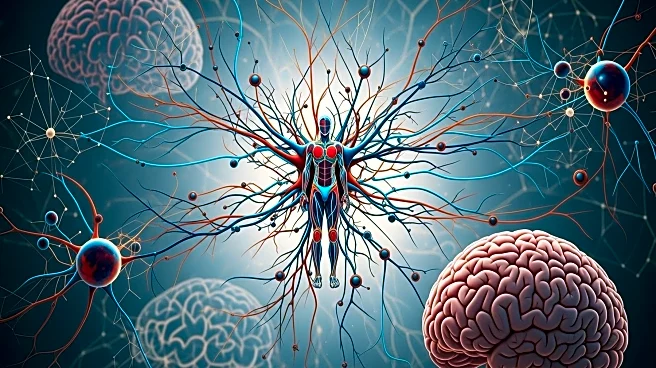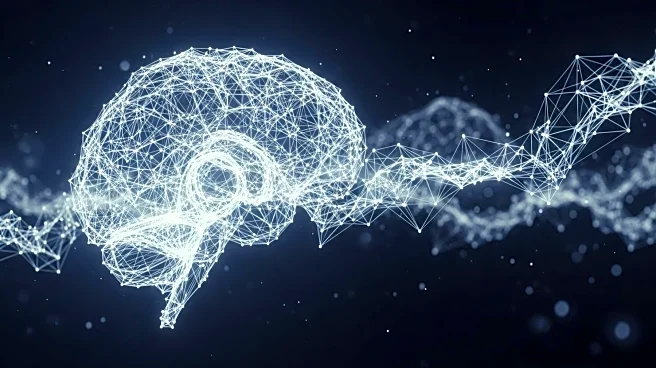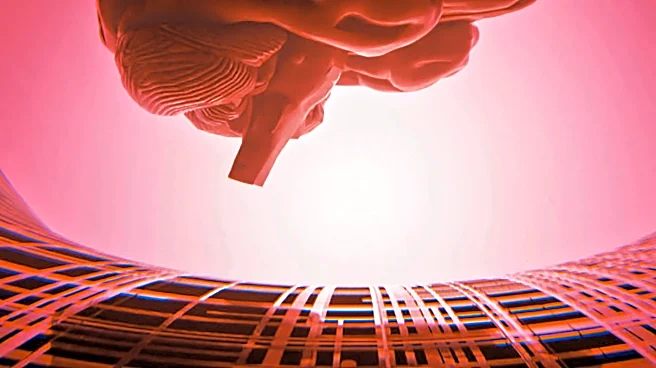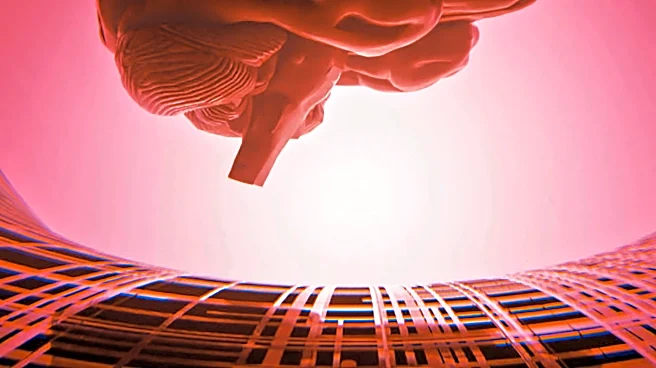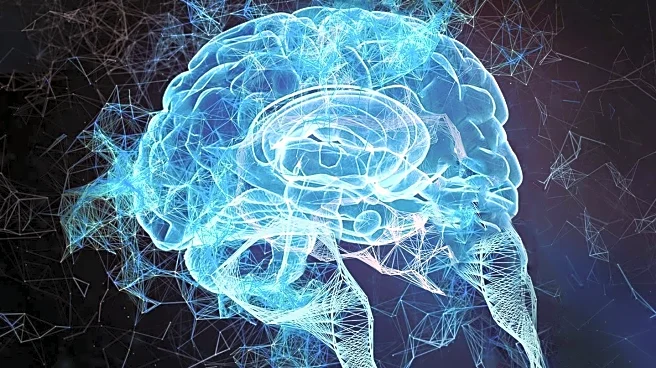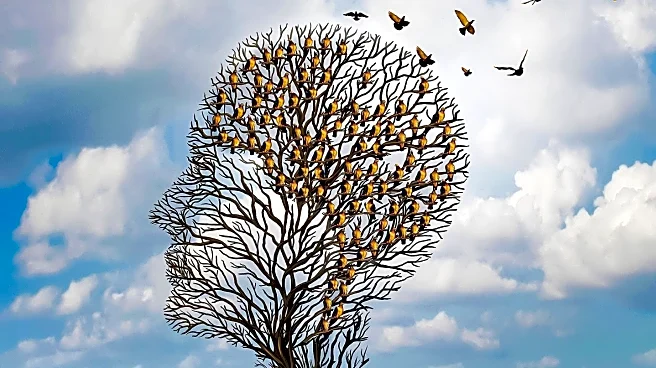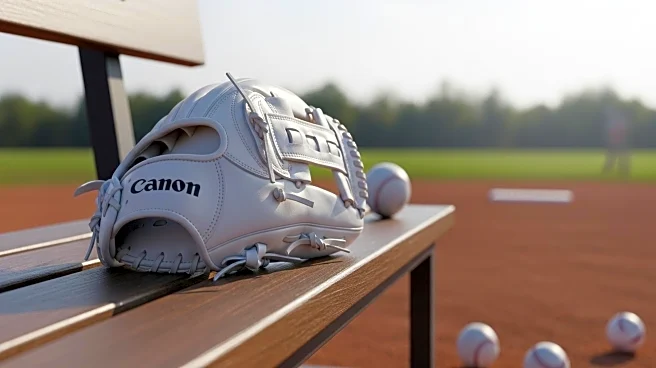What is the story about?
What's Happening?
A recent study published in Nature Neuroscience has challenged the long-standing belief that the brain's body map undergoes significant reorganization following amputation. Researchers from the University of Cambridge and the University of Pittsburgh conducted a study involving three adult patients who underwent arm amputations for medical reasons. Using functional magnetic resonance imaging (MRI), the researchers mapped brain activity before and after the amputations, discovering that the brain's representation of the hand remained unchanged. This finding contradicts previous theories suggesting that neighboring body parts take over the area once represented by the missing limb, a concept central to adult brain plasticity. The study highlights the persistence of phantom limb sensations, which are often painful, and suggests that the brain's body map is not broken, thus questioning the effectiveness of therapies aimed at fixing these maps.
Why It's Important?
The study's findings have significant implications for the development of prosthetic limbs and brain-computer interfaces. By demonstrating that the brain's body map remains stable, the research suggests that future technologies could leverage this preserved map to enhance the functionality and sensation of prosthetic limbs. This could lead to more intuitive control and natural sensations for amputees, improving their quality of life. Additionally, the study shifts the focus from attempting to fix the brain's body map to exploring other areas, such as nerve signaling, for addressing phantom limb pain. This could pave the way for new surgical techniques and therapies that better preserve nerve connections and reduce discomfort for amputees.
What's Next?
The study opens avenues for further research into the development of advanced prosthetic technologies and brain-computer interfaces that utilize the stable body map. Researchers may explore new surgical techniques to maintain nerve signaling and connections to the brain, potentially reducing phantom limb pain. Additionally, the findings could influence clinical practices and therapeutic approaches, encouraging a shift away from therapies aimed at altering the brain's body map. As these technologies advance, they hold the promise of restoring natural control and sensation to prosthetic limbs, offering amputees improved functionality and comfort.
Beyond the Headlines
The study's revelation of the brain's resilience in maintaining body representations despite sensory loss could have broader implications for understanding brain plasticity and its limits. It challenges the notion of large-scale reorganization and suggests a more stable model of the brain's body map. This insight could influence future research in neuroscience, particularly in areas related to injury recovery and adaptation. Furthermore, the study highlights the potential for innovative technologies to harness the brain's preserved body map, offering new possibilities for enhancing human-machine interactions and rehabilitation strategies.
AI Generated Content
Do you find this article useful?
